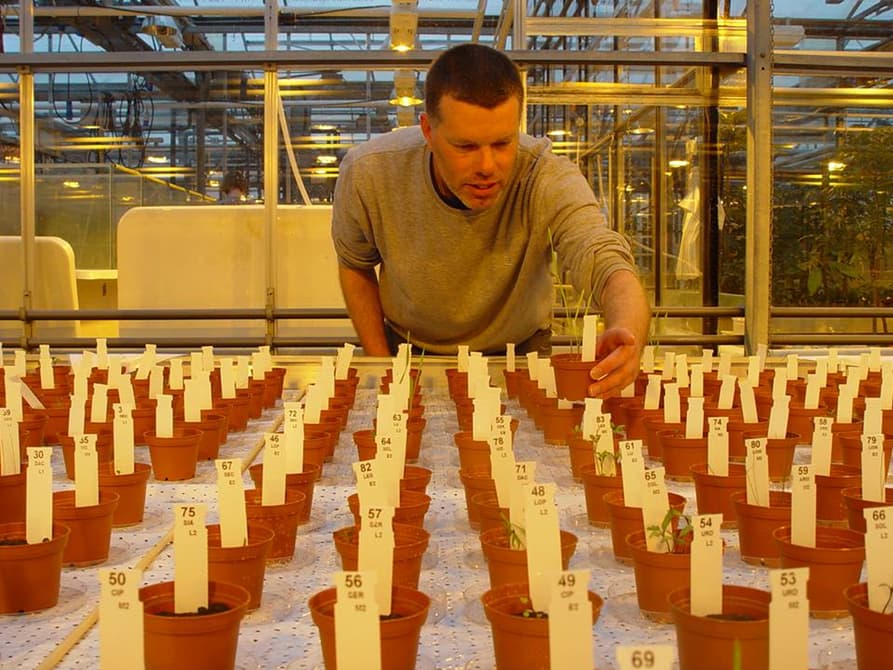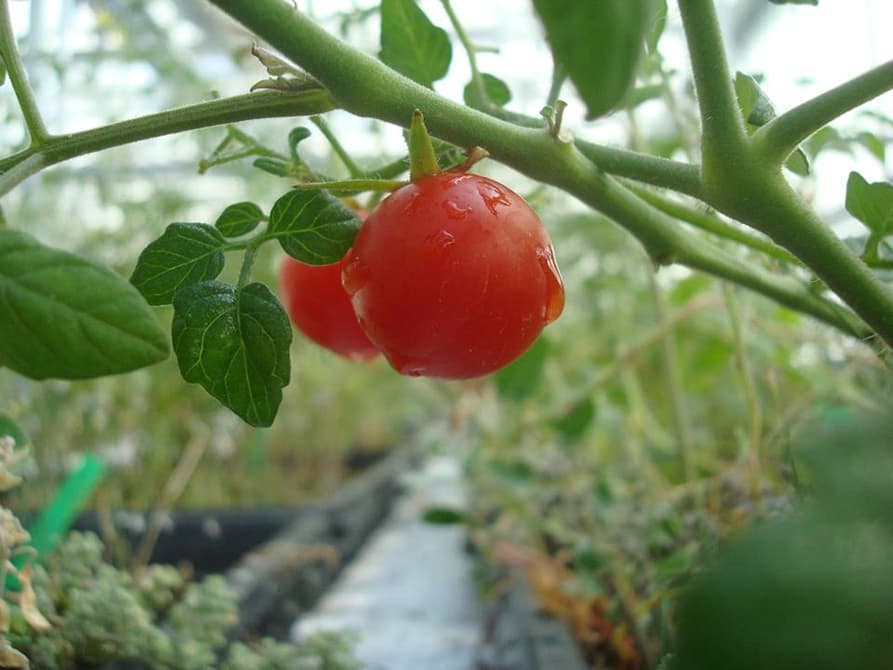
When and if colonists ever arrive on Mars, they’re going to need something to eat … on a long-term, ongoing basis. That’s why several research groups are looking into the feasibility of growing crops on the Red Planet. One of those teams, from Wageningen University in the Netherlands, previously tried growing food plants in simulations of both lunar and Martian soil. Although those tests proved unsuccessful, that wasn’t the case the most recent time around.
The soil simulants were provided by NASA, with the moon soil actually coming from a desert in Arizona, and the Mars soil coming from a Hawaiian volcano. Previously, plants grown in nothing but these soils died. This time, however, fresh-cut grass was added to the growing medium. This helped the soil to retain water, while also acting as a form of fertilizer.
As a result, the team successfully grew 10 crop species including tomato, rye, radish, pea, leek, spinach, garden rocket, cress, quinoa and chives. The amount of above-ground biomass grown in the Martian soil simulant was similar to that managed in regular potting compost used as a control, while the lunar soil simulant yielded about half as much biomass.
From our partners:
The growing took place in a greenhouse with consistent temperature, humidity and light conditions, and under earth atmosphere. “This is because we expect that first crop growth on Mars and moon will take place in underground rooms to protect the plants from the hostile environment including cosmic radiation,” says team member Dr. Wieger Wamelink.
And no, the harvested crops weren’t eaten. The soils contained heavy metals such as lead, arsenic and mercury, and there were concerns that these could be taken up by the plants. That said, a crowdfunded third experiment is planned to begin in April, in which those concerns will be addressed. If it proves successful, backers will be invited to a project-end dinner consisting partially of “Martian” potatoes and beans.
This feature originally appeared in GizMag.


















